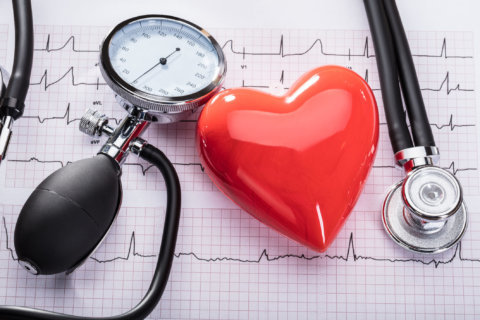Working from has led to some people not getting the daily exercise they once did, and that can be problematic during a pandemic.
“Physical activity can help stimulate your immune system which protects us against infectious diseases,” said Austin Brooks, project coordinator for physical activity at the Virginia Cooperative Extension’s family nutrition program.
Brooks said studies have shown physical activity can also help protect a person against the flu and common cold, and is believed to do the same against COVID-19. Daily workouts can also enhance the immune response to vaccines.
The benefits don’t stop there according to Brooks, who said it can also improve a person’s mental health.
“Being physically active, especially outdoors, helps us feel better and better able to cope with the stresses of dealing with a pandemic,” Brooks said.
Brooks said for people working at home, it’s important to make sure they continue to get in aerobic and strength training exercises. Aerobic exercises are good for the heart, and strength training is good for muscles used for daily activities, such as carrying in groceries.
Brooks said flexibility and balance training shouldn’t be forgotten, since it helps people become more flexible and helps to prevent falls.
Exercising each day doesn’t have to involve getting an expensive home gym setup in the spare bedroom. Jumping jacks, mountain climbers, fast feet, sit ups and push ups are all exercises that don’t require gym equipment, Brooks said.
Want some weights? Consider using a water bottle, according to Brooks.
A full gallon of water weighs about eight pounds. Brooks said she uses gallon jugs filled with sand, which weigh about 12 pounds.
Brooks said weights can also be helpful to get in quick short exercises during the work day. A kettlebell is her go to throughout the day, to get in a couple extra exercises.
“I’ve really enjoyed taking my physical activity to the home instead of the gym, because it really gives you an opportunity to be active whenever the inspiration strikes,” she said.
With commutes into the office not happening, Brooks recommended using that time for “fake commutes.” Those involve exercising during the time you would have used before the coronavirus pandemic, to go to and from work.
“It’s a really nice way to kind of structure your day, have a little bit more physical activity and then have a clear signal to your mind that work is getting ready to start and then work is done,” Brooks said.
When choosing how to workout, Brooks said choose consistency over duration and intensity.
“Do something every day and so the more often you do that, you’re going to get into a routine, so everyday at 3 o’clock your body is going to start to expect to be physically active,” Brooks said.
She said it is important for a person to choose exercises and activities that they enjoy doing, because that will help ensure that routines continue.
“If you don’t enjoy physical activity, you’re not going to continue to do it,” said Brooks.








